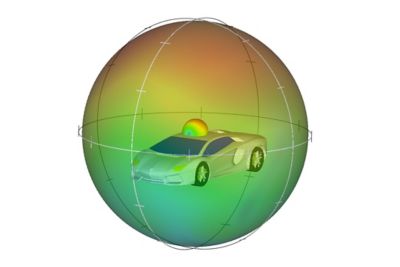Autonomy Through Simulation
With so many technical barriers between modern vehicle systems and full automation, simulation is necessary to solve critical design challenges in the areas of autonomy system definition, hardware development, software development and especially system validation.
Ansys simulation software can help engineers solve these problems in record time and with minimal cost by automatically generating code, demonstrating safety standards compliance and by minimizing the number of real-world miles required to prove efficacy.
















